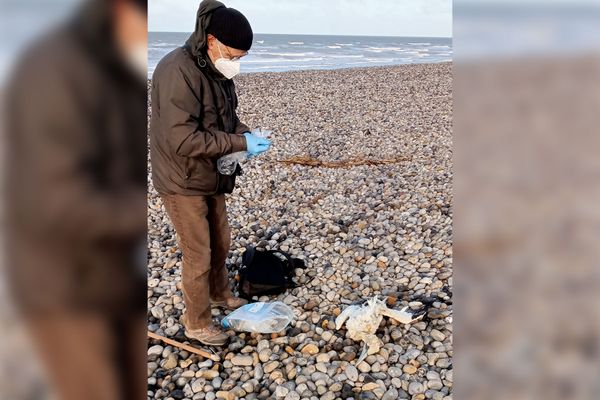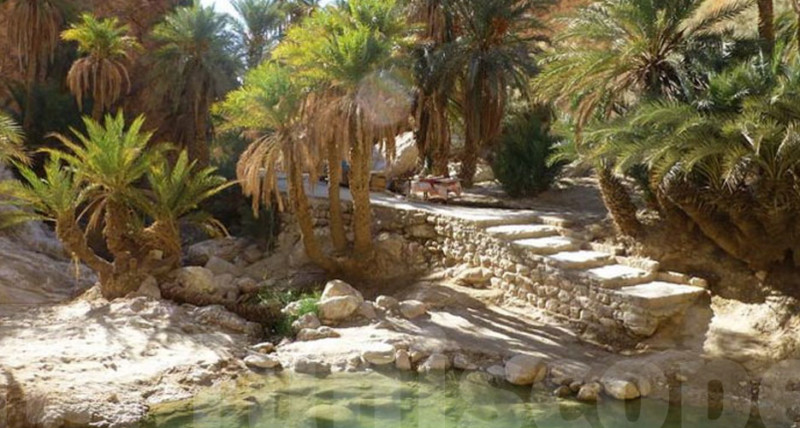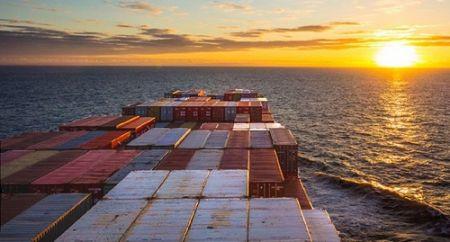
Since 2014, the association Picardie Nature has been recording the carcasses of birds stranded along the Somme coastline. This counting is part of a European study aimed at better analyzing the quality of the marine environment.
Surveying and autopsying dead birds provides a better understanding of the state of the marine environment. Every year, Sébastien Legris, Scientific Mission Officer for the Fauna Observatory at Picardie Nature, conducts seven surveys during the winter with volunteer teams along a section of the Samarian coast. « We count all the dead birds that have washed up on the high tide line, » referring to the shoreline where debris accumulates.
These studies are part of a European framework. They respond to the « Marine Strategy Framework Directive » (MSFD), created on June 17, 2008, with the aim to « achieve Good Environmental Status (GES) of the marine environment by 2020, » as the text reports.
Three Indicators Studied for the Marine Environment’s Health In this context, since 2014, Picardie Nature has been entrusted with two tasks. The first is to study the mortality of seabird species stranded on the Picard coast. The second is to follow a protocol for specific species, where analyzing the carcasses serves as an indicator of pollution related to hydrocarbons and plastic contamination.
In addition to these two measures, Sébastien Legris explains that since 2020, a third indicator has been monitored: accidental fishing activity at sea. For each indicator, « there is a tolerance threshold » of 10%. He gives the example of plastic pollution: « We have a species like the Northern Fulmar that ingests plastics. The results of the autopsies will help calculate a contamination coefficient. Less than 10% of individuals should be contaminated for pollution to be acceptable. » Over time, « this helps to see if there’s improvement or not. »
A Study of 15 km of Samarian Coastline On each survey, « we work with a dozen volunteers. We divide into groups along the coast, » with teams present simultaneously in Nord-Pas-de-Calais and Normandy. On the three fronts of the Channel / North Sea area, sampling sectors are chosen since it’s impossible to cover the entire coastline. « We cover 15 km in the Somme, from the Ault nautical base to the Hourdel Point, » says Sébastien Legris.
During the collection of stranded birds, all species are recorded. The causes of mortality are initially examined in the field. « Generally, it’s not easy because the state of the individuals often doesn’t allow for it. »
That’s why « everything is centralized in the freezer » in Amiens. « We send the carcasses in late March or early April to Nord-Pas-de-Calais, where they are autopsied. » These reports are then analyzed by Sébastien Legris.
The Causes of Mortality Are Generally Induced by What Happens at Sea. Sébastien Legris, Scientific Mission Officer, Fauna Observatory at Picardie Nature
During these observations, certain bird species are more closely examined than others. They serve as indicators for one of the three measures. The Common Murre and the Razorbill help evaluate hydrocarbon pollution. The Northern Fulmar is taken to study plastic contamination. « It feeds at the surface. » The species « is almost always contaminated with varying amounts. » Lastly, Alcids and Northern Gannets serve as indicators of accidental fishing.
The collections take place in winter when these seabirds come to winter. « The populations at sea are much higher. We focus on species that will stay at sea for a relatively long time and are hardly ever linked to the coastal or land environment, » summarizes Sébastien Legris. « The causes of mortality are generally induced by what happens at sea. »
Furthermore, during the winter season, birds are faced with storms « that weaken them quite a bit. This makes it easier to find more carcasses, » says Sébastien Legris.
Census Results Highlight Epidemics and Natural Phenomena Currently, he is compiling a new synthesis of all the collected data. Recently, it revealed an avian flu outbreak in 2023. « We saw an increase in certain species like the Northern Gannet. It was very noticeable. » The results also showed significant storm episodes. These are « weakened birds at sea. This mostly concerns the Northern Fulmar, which feeds at the surface. When the sea is relatively rough, they can no longer feed properly and end up weak and stranded. »
Regarding the three indicators, the one that has improved the most is hydrocarbon pollution, « we are below 10% » assures Sébastien Legris, despite the presence of still some oil-soaked carcasses. The mission officer indicates that these studies must continue in the long term.
Source; france3-regions



